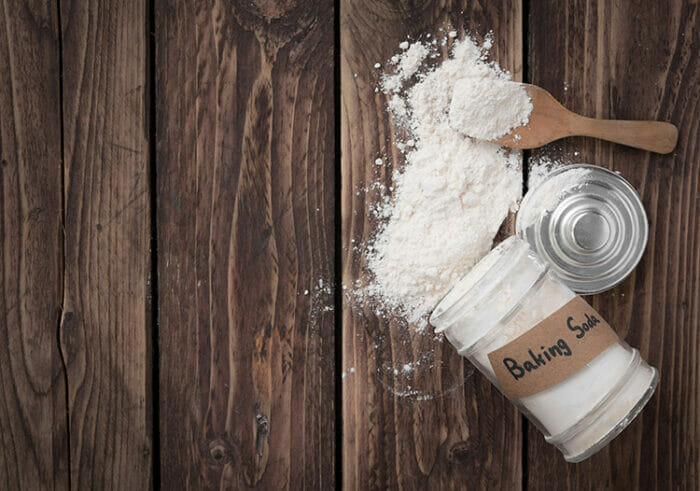Sodium carbonate is more or less a household product. It is an alkali base with a wide range of applications both in the household and in various industries. For the curious, its chemical composition is Na2CO3. One particular bonus of this product is that it is green. Out of all of the chemical compositions and cleaning products out there, it is definitely one of the more sustainable and eco-friendly ones out there. If you are wanting to minimize your footprint on the planet, one way that you can do this is by using sodium carbonate when cleaning.

Alternative Names for Sodium Carbonate
- Washing soda
- Soda ash
- Disodium carbonate
- Calcined soda
- Carbonic acid disodium salt
- Solvay salt
- 497-19-8
What is Sodium Carbonate used for?
In short, it is a powerful cleaning agent. Succinctly put, it can power through grease, soften water and serve as a disinfectant. The latter is definitely a good quality in this day and age, in the middle of an ongoing pandemic when cleanliness is highly important.
Other Purposes
- Chemical manufacturing
- Food as an anti-caking agent
- Glass manufacturing
- Personal care products
- Paper/pulp products
- Swimming pool maintenance as a pH adjuster
- Therapeutic treatments
- Veterinary medical treatments
- Soaps and detergents
As is evident by the list above, sodium carbonate has a broad range of applications both industrial and cleaning-related. Whether you are a homeowner wanting to clean up your kitchen cupboards prior to refurbishing them, or a chemical manufacturer, there is a use for sodium carbonate.
Don’t mistake it for sodium bicarbonate! The two are similar in terms of sound but they are very different both chemically and in terms of their resulting properties.
Keeping Safe
While it is used for a variety of purposes, it isn’t something that you want to handle willy nilly either. It has an exceptionally precarious balance of properties. At a percentage of < 15%, it is an irritant. Once the percentage gets over 15%, it becomes caustic. It is advised to always wear gloves no matter how hands-off you intend on being when cleaning. You should also always avoid it coming in contact with your eyes and mouth due to the aforementioned properties. Ideally, you should suitably dilute 2 ounces of it per gallon of water. No matter how much more you use, this ratio should always be kept in mind.
If sodium carbonate is ingested, the individual should drink either water or milk. However, while this is the recommended course of action, this is not advised if the individual is having difficulty swallowing, feeling drowsiness, experiencing convulsions and vomiting.
If sodium carbonate comes into contact with the eyes, they should be flushed with water for 15 minutes. This is to make sure that as much of the product is removed as possible. If the irritation continues, contact your optician.
If the product is inhaled, the individual should be moved to somewhere that is either outside or heavily ventilated. They should also be monitored to be sure that they don’t experience any negative side-effects. If in doubt, contact a medical professional.
More extensive long-term unprotected exposure can also lower the blood pressure. Generally speaking, when using any sort of chemical be it a work or in the household, you should wear protective gear. If it is a liquid, then depending on what you are doing, eye protection and gloves is a smart idea. If it is a powder or likely to produce a powder, a mask is a sensible option.
Source
Sodium carbonate is considered to be naturally occurring in both soil and water. This means that it is regarded as being easily disposed of and unlikely to cause lasting damage to the environment. It can be found in the form of either large natural deposits or from lake brines, depending on the geological factors and the environment/climate respectively.
Homemade?
Sodium carbonate can be made in the oven at home using baking soda. All it takes is heating the baking soda for an hour at 200 F. It may take repeating to get the quantity that you want but all in all, it is a fairly simple process!
Conclusion
When it comes to products that have multiple applications, you will be hard pressed to find something that beats sodium carbonate in terms of versatility. With a range of names, found in a range of brands and with a variety of purposes, sodium carbonate is one of the more diverse products on the market, whether it is as a product in its own right or as an ingredient in something branded.
